Trying to pinpoint how the New York Jets will use John Franklin-Myers
One of the primary reasons that Joe Douglas and the New York Jets re-signed John Franklin-Myers to a four-year, $55 million contract extension is his versatility. At 6-foot-4 and 289 pounds, Franklin-Myers lands in the “tweener” range, where he is just big enough to play defensive tackle and just small enough to play on the edge.
Franklin-Myers was a defensive tackle in his first full season as a Jet in 2020. Then, he moved to a full-time edge role in 2021.
In 2022, Franklin-Myers seems poised to do a little bit of both. But exactly how often will he play in each role?
Reports out of training camp indicate that Franklin-Myers has been playing on the edge in the Jets’ base defense while moving to the inside in passing situations. So, from a percentage standpoint, what does that tell us about how his usage distribution will look?
Understanding the usage of the base defense
First off, it’s important to understand how often the base defense is utilized in the modern NFL. This particular defensive package is named as such because it truly was the “base” defense utilized by most teams throughout most of the sport’s history, but that’s no longer the case. It’s actually the secondary defense in today’s NFL.
Generally speaking, a base package includes 7 defensive linemen and 4 defensive backs. This means it includes 3 defensive linemen and 4 linebackers for teams that run a 3-4 scheme or 4 defensive linemen and 3 linebackers for teams that run a 4-3 scheme, as the Jets do.
According to Football Outsiders, in the 2021 season, NFL defenses used their base package just 24% of the time. Nickel packages (6 DL, 5 DB) were by far the most popular at 60%. Dime packages (5 DL, 6 DB) came in third at 15% while the rest of the pie was made up of goal-line packages.
The Jets actually ran base even less often than the average NFL defense. Robert Saleh and Jeff Ulbrich had the Jets at 25th in base usage with a 20% rate. They loved using nickel packages, ranking sixth in the NFL as they used nickel packages on 73% of their defensive plays.
Why are NFL teams putting their base packages on the backburner while promoting the nickel defense to their primary look? Well, it’s simply the requisite response to what NFL offenses are doing.
In 2021, NFL offenses ran 11 personnel (1 RB/1 TE/3 WR) on 61% of their plays. Against 11 personnel, the only logical option for the defense is to sub out a front-seven player for a defensive back in order to match the speed of the offense’s three-receiver set.
This is reflected by the numbers. Against 11 personnel in the 2021 season, defenses ran base only 3% of the time. Nickel was the dominant package at 77% while dime was a distant second at 20%.
So what does all of this tell us about Franklin-Myers?
How the Jets’ schematic tendencies paint a picture for Franklin-Myers
If Franklin-Myers is only going to play on the edge in base, then he is not going to be out there too often. That is because, despite the name, the base defense isn’t the real base anymore. Nickel is. And this is especially the case for the Jets considering their heavy lean toward nickel usage in 2021.
The majority of situations in the NFL are passing situations. So, if Franklin-Myers is going to be inside in passing situations, he’s going to be inside very often.
Teams passed the ball 67% of the time out of 11 personnel last season, and as a reminder, teams ran 11 personnel on 61% of their plays. That’s over three-fifths of all plays in which a pass is very likely.
Base packages are most frequently used against heavy personnel groupings that indicate there is a relatively high chance of a run: 12 personnel (1 RB/2 TE/2 WR) and 21 personnel (2 RB/1 TE/2 WR).
In 2021, NFL defenses used base 50% of the time against 12 personnel and 66% of the time against 21 personnel. This is because offenses ran the ball 55% of the time out of 12 and 58% of the time out of 21.
However, those packages are not incredibly common considering how prevalent the 11 personnel package has become. The 12 package was the league’s second-favorite last year, but it only made up 21% of offensive plays. The 21 package was a distant third at 7%, so those two packages combined for 28% of plays.
The easiest way to think about it is this: the Jets ran base only 20% of the time last year. Let’s say Franklin-Myers lines up on the edge in those packages and also in a rare goal-line or short-yardage package. That would put him somewhere from an 80/20 to a 75/25 split in favor of the defensive tackle position.
Having Franklin-Myers lean toward the inside makes sense considering the structure of the Jets’ roster. The defensive tackle unit is thin. Beyond Franklin-Myers and Quinnen Williams, they are loaded with question marks there.
On the edge, however, the Jets have a bunch of mouths to feed. Carl Lawson, Jermaine Johnson, Bryce Huff, Jacob Martin, Micheal Clemons, Vinny Curry – they’re loaded out there.
The Jets should absolutely try to maximize Franklin-Myers’s strong run defense as an edge defender by sliding him out there when they pull out their base package for high-percentage rushing situations. But he has more value to them on the inside. He’s a much better pass-rusher on the interior and is a bigger upgrade over the Jets’ backups at that position than he would be over the Jets’ backups on the edge.
In a pass-first league and on a team that’s stronger on the edge than on the inside, it’s the interior where JFM should be primarily lining up. Based on their roster moves this offseason – loading up on edge rushers (Johnson, Martin, Clemons, re-signing Curry) and doing little at defensive tackle – it seems like the Jets agree.
“I’m going back to 3-tech after not playing there for at least a year.” -The words from John Franklin-Myers. I’m not saying there won’t be situations where he plays EDGE in base, but it feels as tho he’s now primarily an IDL. #Jets
I know @LegerDouzable and I spoke about this.
— Robby Sabo (@RobbySabo) July 29, 2022
Ultimately, by reading the signs, my prediction is that Franklin-Myers will end up playing around 80% of his snaps on the interior and 20% on the edge. That is just my educated guess, though. We’ll see what happens.






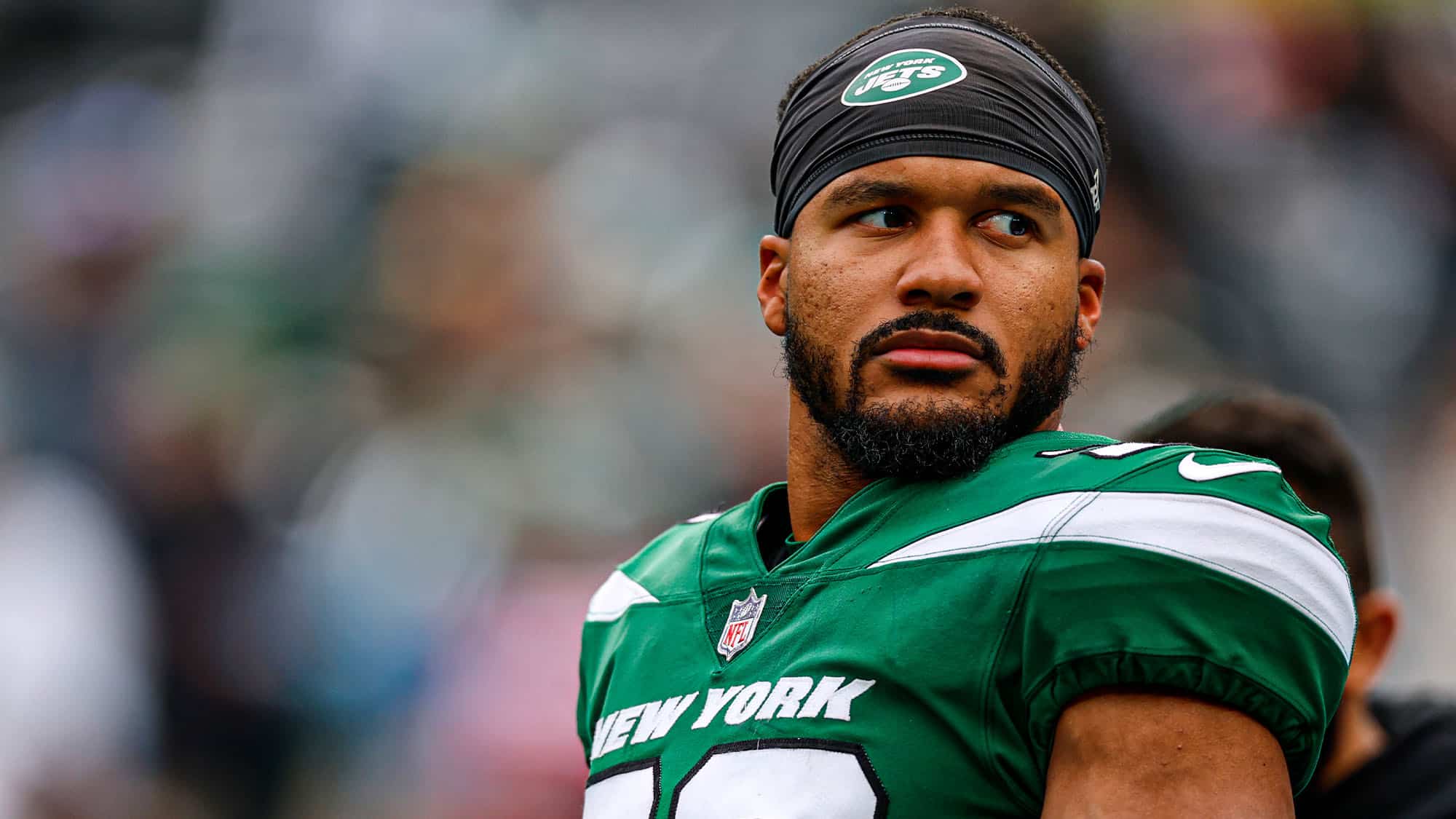
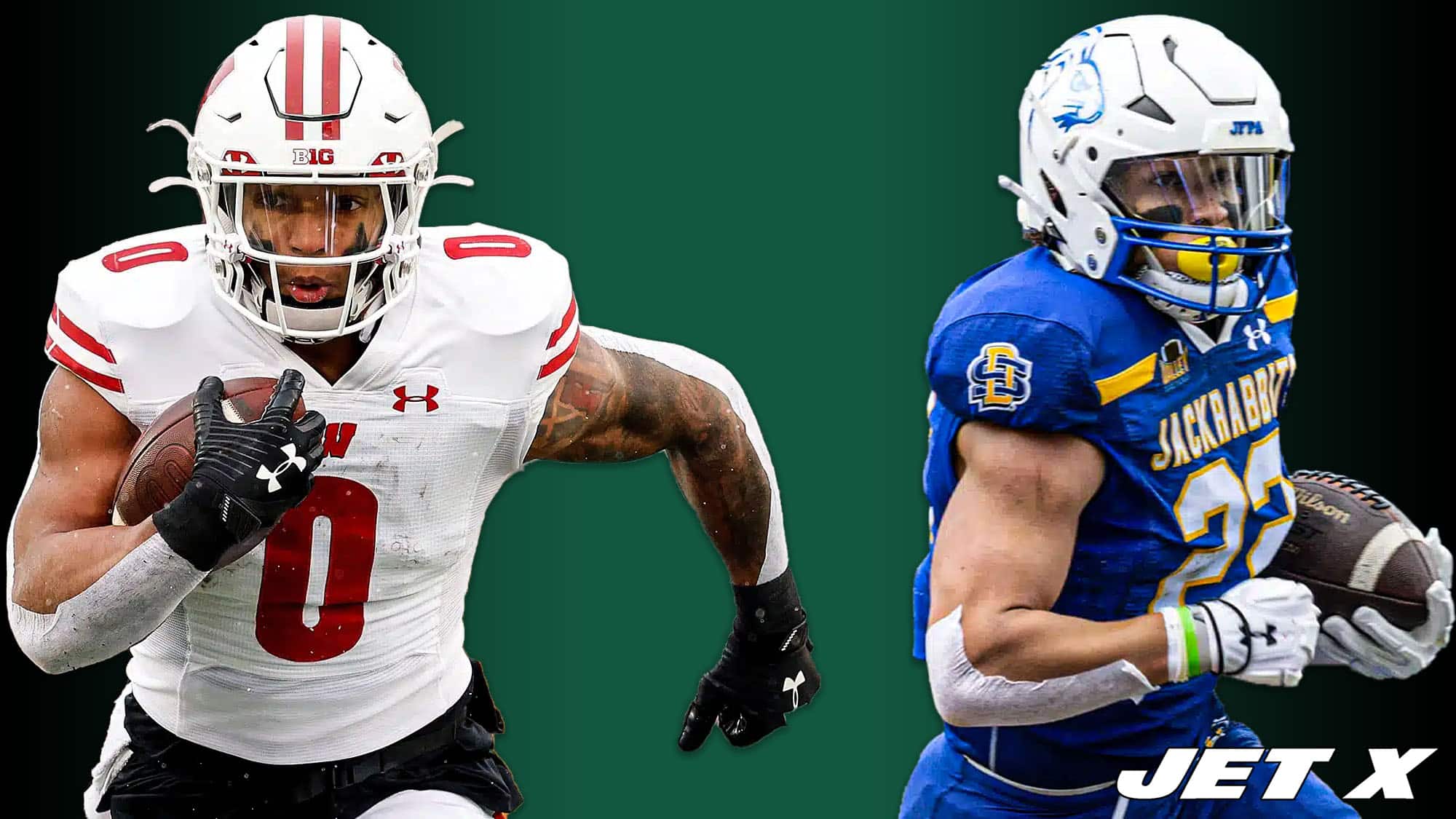

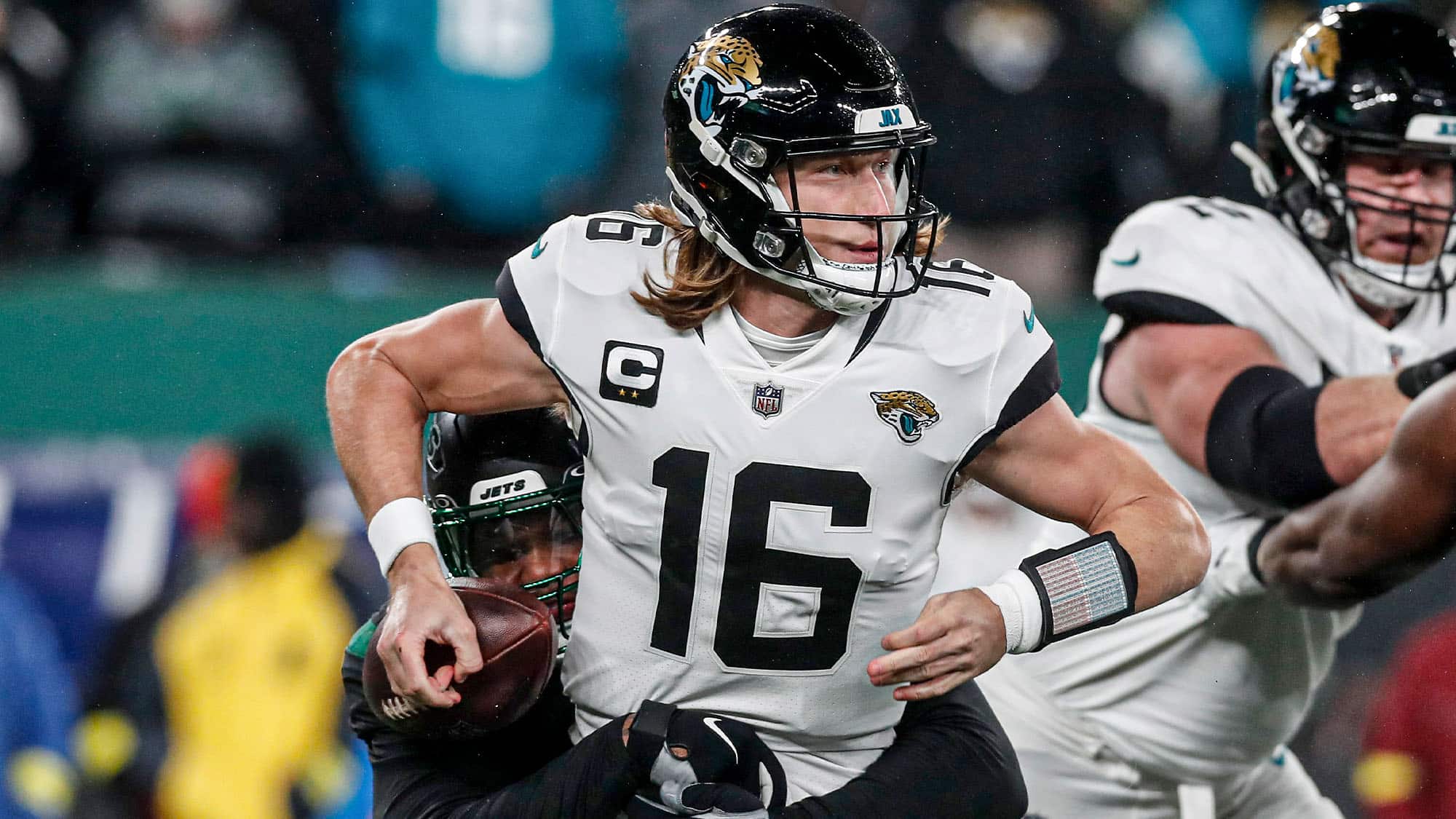
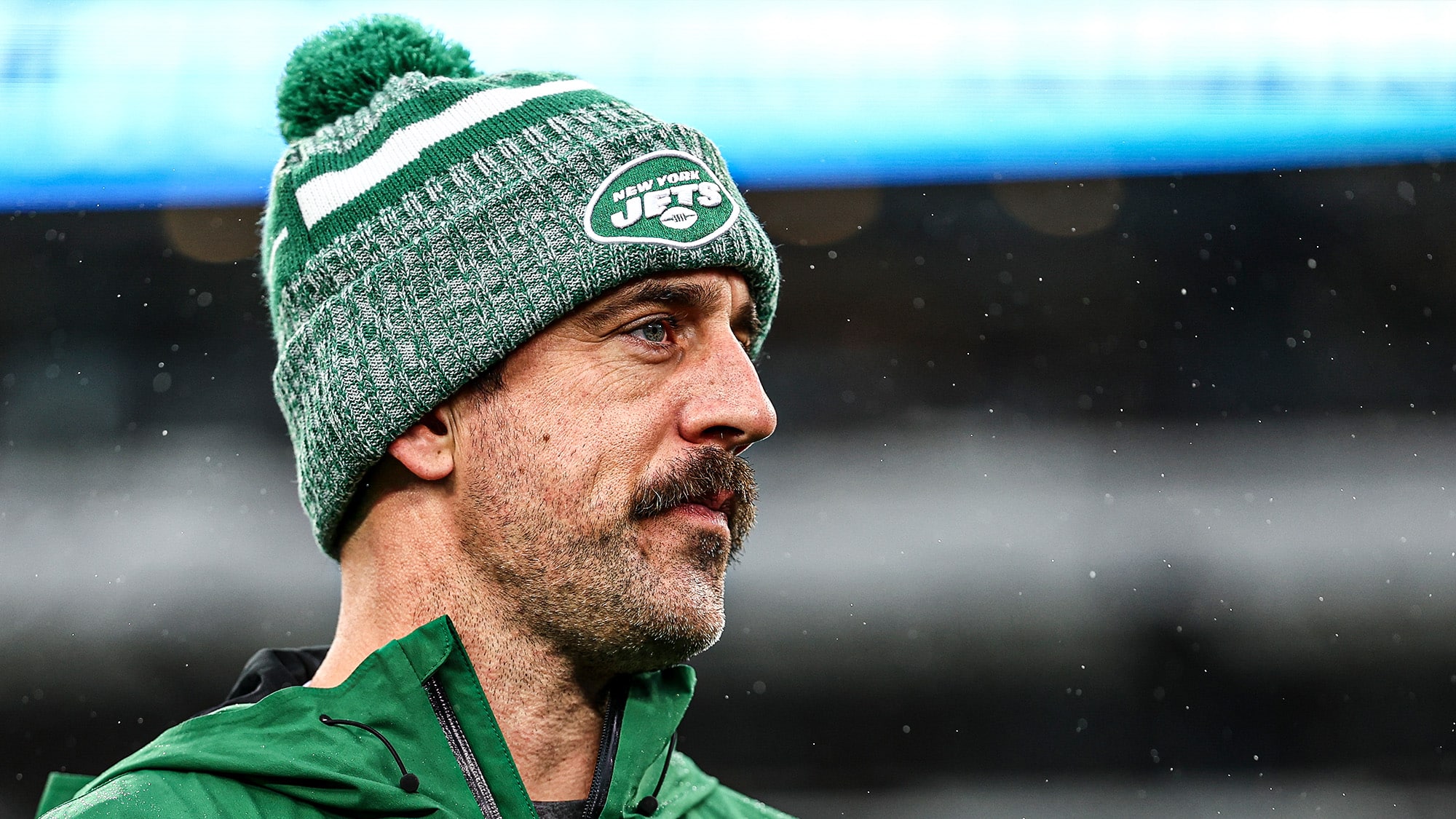
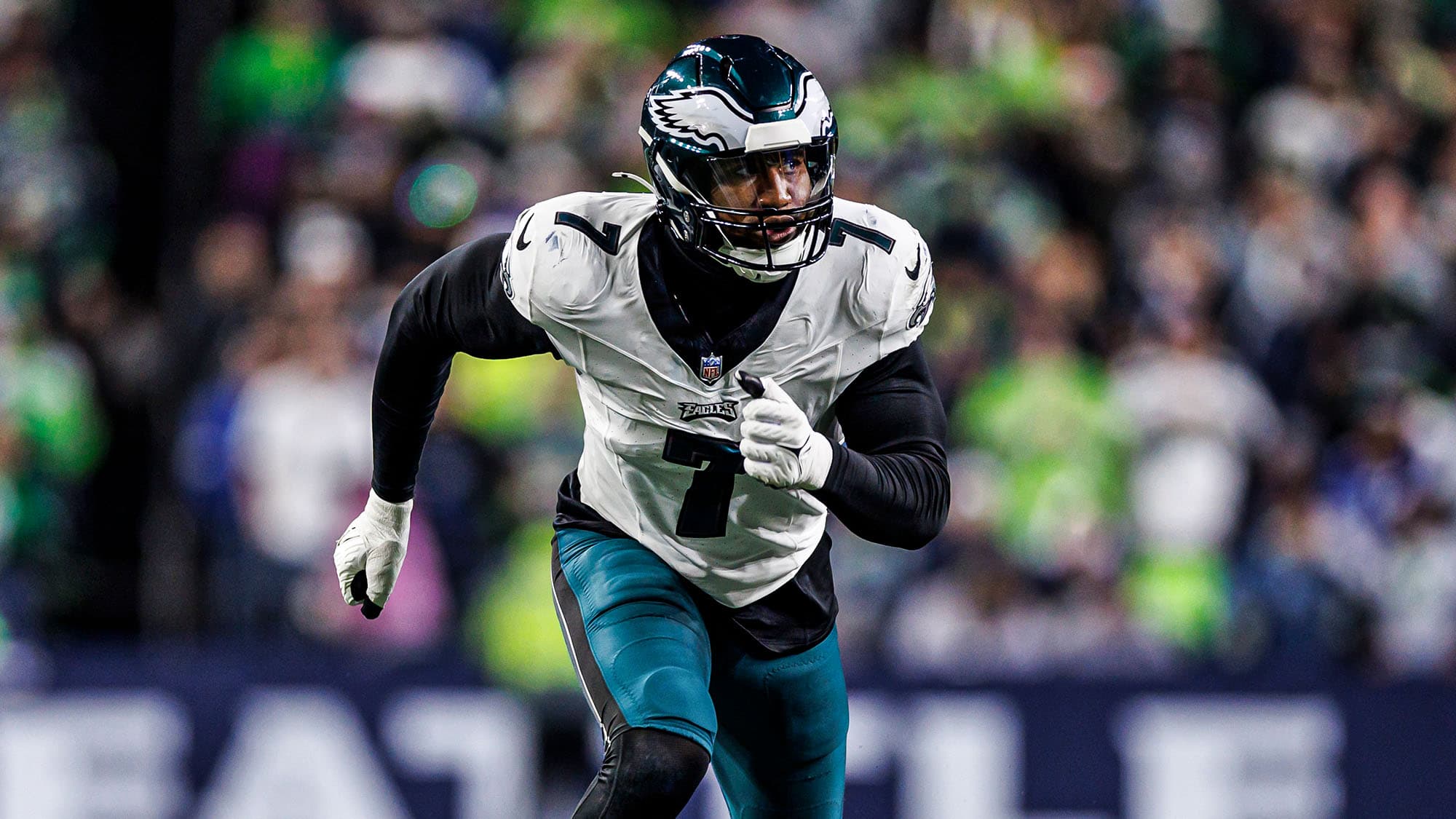
And yet another factor, as Ulbrich wants to rotate, and there are so few trustworthy players to rotate inside, why not rotate JFM out in run situations as often as possible? This would mean someone needs to step up as a run defender on the edge, and that might be one reason why the Jets were so high on Jermaine.
One thing to consider is that with the addition of Kwon we probably will tun more base because he is a strong pass defender. This makes us bigger against the run when teams do chose to run. I know he is not outstanding at run defense but he is still undoubtedly better than a nickel back. Keeping this mind I think Jfm split may be closer to 70/30 or 65/35 inside vs outside.
That’s definitely a possibility. Considering their very low base% and very high nickel% it tells me that they probably still leaned toward nickel even in 50-50 pass-run situations and probably saved base only for situations where a run was very likely, I’m talking 60% and up. So, mostly short-yardage and not often on 1st & 10.
But if they love Kwon enough, could see that base% go up a little bit this year as you said. Considering his minimal contract I’m not sure they are high on him to the point where he’ll alter the scheme but if he impressed in camp/preseason and looks like his peak itself, it could happen. He’s only 28 so he’s far from washed.
Another factor here, is can one of the other DE’s play the run. I know Johnson was highly regarded in his ability to play the run, and history would show rookie pass-rushers take some time to develop. If he can be that edge guy vs. run it would put JFM in the middle. If they can’t find someone to play DE vs. run I think you’ll see JFM out there more.